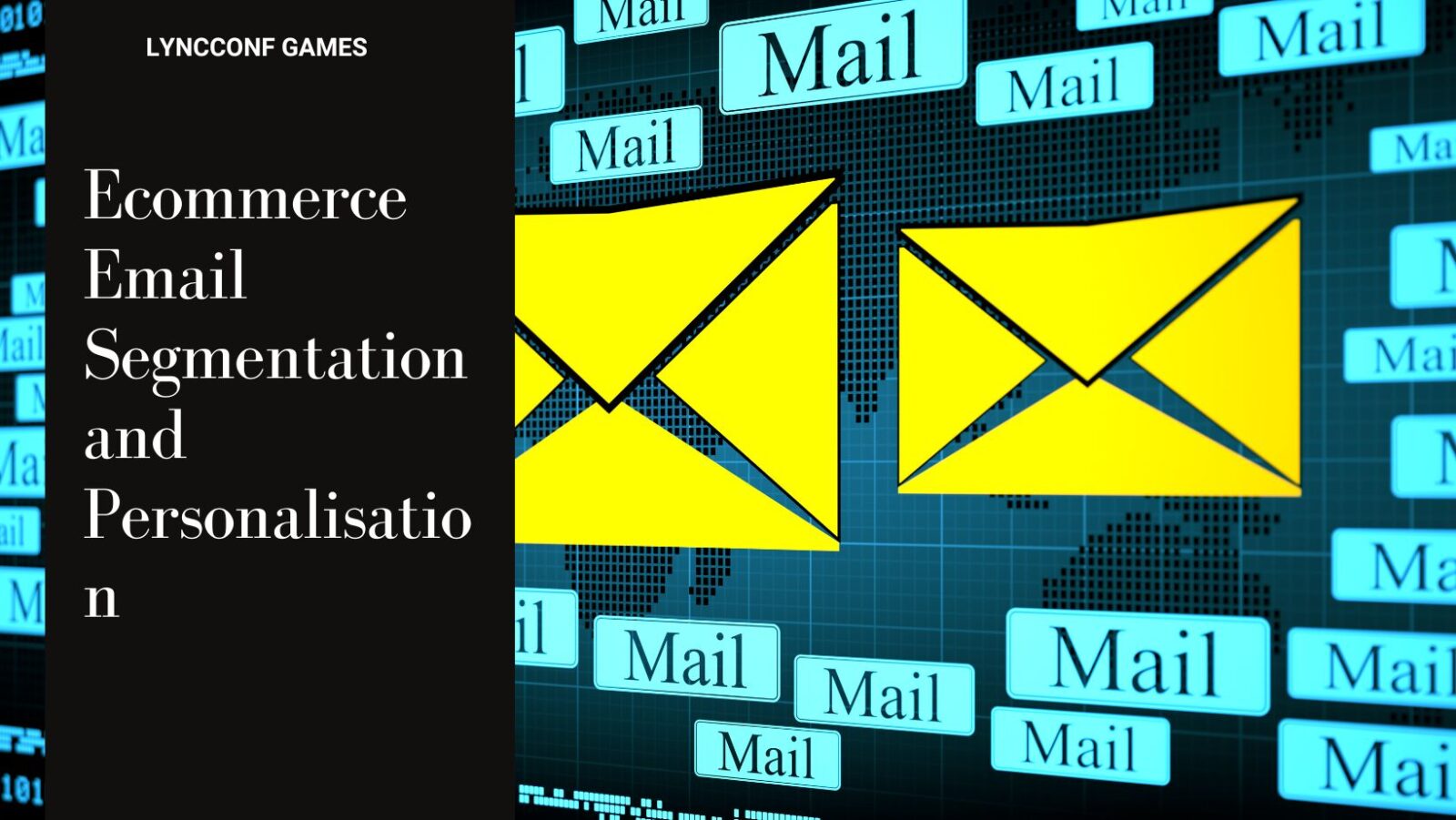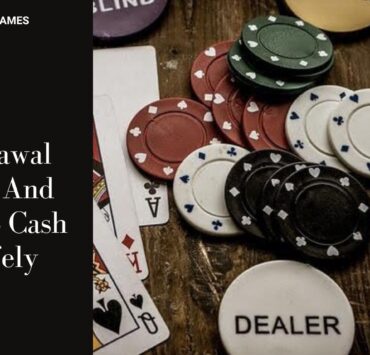Joel is a whiz with computers. When he was just…

Imagine walking into your favourite store, and the salesperson greets you by name, knows your size, and recommends products based on your past purchases. Feels amazing, right? That’s the power of personalisation—and it’s exactly what your ecommerce emails should do. But here’s the catch: you can’t personalise effectively without segmentation. Together, these two strategies are the ultimate dynamic duo for boosting engagement, conversions, and customer loyalty. Let’s dive into how you can master both.
Table of Contents
ToggleWhy Segmentation and Personalisation Matter
Let’s start with the basics. Segmentation is the process of dividing your email list into smaller groups based on shared characteristics, like demographics, behaviour, or purchase history. Personalisation is tailoring your emails to meet the unique needs and preferences of each segment. If you’re feeling overwhelmed, consider working with an Email Marketing Agency. They can help you set up and optimise your campaigns for maximum results.
Here’s why they’re a game-changer:
Segmented campaigns drive a 760% increase in revenue.
Personalised emails deliver 6x higher transaction rates.
74% of customers feel frustrated when emails aren’t personalised.
In short, if you’re still sending the same generic email to your entire list, you’re missing out—big time.
How to Segment Your Email List Like a Pro
Segmentation is the foundation of personalisation. Here are 5 ways to segment your ecommerce email list effectively:
1. By Purchase Behaviour
Group customers based on what they’ve bought (or haven’t bought). For example:
First-time buyers
Repeat customers
High spenders
Inactive customers
This allows you to send targeted emails, like a special discount for first-time buyers or a loyalty reward for repeat customers.
2. By Browsing Behaviour
Track what customers are looking at on your website. For example:
Customers who viewed a specific product category
Customers who added items to their cart but didn’t buy
Customers who browsed but didn’t purchase
Use this data to send follow-up emails with product recommendations or abandoned cart reminders.
3. By Demographics
Segment by age, gender, location, or language. For example:
Send location-specific promotions (e.g., “Winter Sale for Our Canadian Customers!”).
Tailor product recommendations based on gender or age group.

4. By Engagement Level
Not all subscribers are equally engaged. Segment your list by:
Highly engaged subscribers (open and click frequently)
Moderately engaged subscribers
Inactive subscribers
This helps you re-engage inactive users with win-back campaigns or reward your most loyal customers with exclusive offers.
5. By Lifecycle Stage
Where is the customer in their journey with your brand? For example:
New subscribers
First-time buyers
Loyal customers
Lapsed customers
Tailor your messaging to each stage. New subscribers might need a warm welcome, while loyal customers could benefit from VIP perks.
How to Personalise Your Emails for Maximum Impact
Once you’ve segmented your list, it’s time to personalise. Here are 5 ways to make your emails feel one-of-a-kind:
1. Use the Recipient’s Name
It’s simple but effective. Starting an email with “Hi [First Name]” instantly makes it feel more personal.
2. Recommend Products Based on Past Purchases
Use data to suggest products your customers will love. For example:
“Loved your last purchase? Here’s something similar!”
“Customers who bought [Product A] also bought [Product B].”
3. Send Birthday or Anniversary Emails
Everyone loves feeling special on their birthday. Send a personalised email with a discount or free gift to celebrate.
4. Tailor Content to Their Interests
If a customer frequently buys from a specific category (e.g., skincare or fitness gear), send them emails focused on that interest.
5. Use Dynamic Content
Dynamic content changes based on the recipient’s data. For example, you can show different images, offers, or product recommendations to different segments within the same email.
Real-Life Examples That Work
Here are some examples of segmentation and personalisation in action:
Sephora’s Birthday Gift Email
Sephora sends personalised emails offering a free birthday gift to loyalty program members. It’s a small gesture that builds big loyalty.
Amazon’s Product Recommendations
Amazon excels at using browsing and purchase history to recommend products. Their emails feel tailored because they are.
ASOS’s Abandoned Cart Emails
ASOS sends personalised emails showcasing the exact items left in the cart, along with similar products the customer might like.
Tools to Make Segmentation and Personalisation Easier
If you’re not already using these tools, it’s time to start:
Klaviyo: Perfect for ecommerce brands, with advanced segmentation and automation features.

Mailchimp: Great for beginners, with easy-to-use segmentation options.
HubSpot: Ideal for larger businesses, with robust personalisation capabilities.
Segmentation and personalisation aren’t just buzzwords—they’re essential strategies for any ecommerce brand that wants to stand out in a crowded inbox. By understanding your customers and tailoring your emails to their needs, you can build stronger relationships, drive more sales, and create a loyal customer base.
Joel is a whiz with computers. When he was just a youngster, he hacked into the school's computer system and changed all of the grades. He got away with it too - until he was caught by the vice-principal! Joel loves being involved in charities. He volunteers his time at the local soup kitchen and helps out at animal shelters whenever he can. He's a kind-hearted soul who just wants to make the world a better place.






